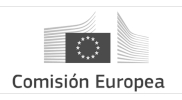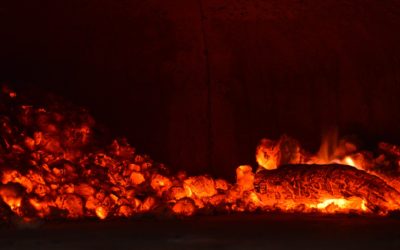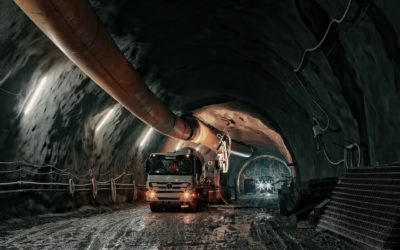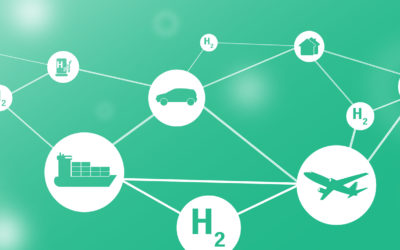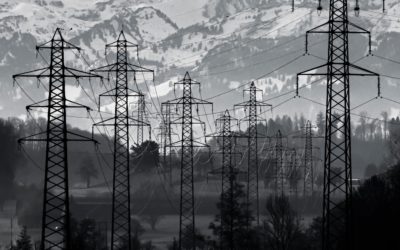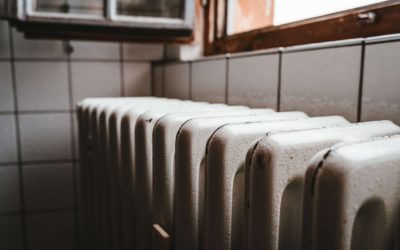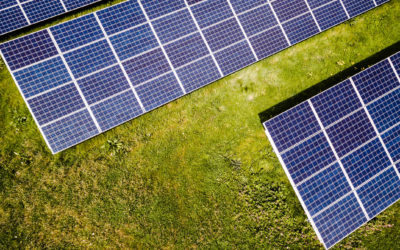Energy Systems
RENEwABLE ENERGY

RESEARCH AREAS
Energy Systems
Description
We develop hybrid technologies and solutions integrating renewable energy generation at different scales. Among them, we develop solutions to support management of District Heating and Cooling (DHC) networks, for improved operation of the different generation, distribution and end-use components, including the exploitation of waste energy recovery potential in industrial processes.
Our solutions optimize communications for a secure and efficient operation of renewable power generation and industrial plants, particularly addressing the characterization of failures within their electrical networks.
Finally, we work on solutions for the integration of hydrogen as a key vector in the transition towards the decarbonisation of the global energy model.
Research lines
- Research in hybrid strategies of renewable systems.
- Development of advance technologies of production, storage and distribution of H2.
- Research at the application of fuel batteries in residential microgeneration.
- Development of advance strategies of hybrid generation systems and management of heat grids of low temperature.
- Development of recovery and valorization of residual heat strategies in industrial processes.
- Development of industrial digital twin and energy optimization of industrial processes.
Networks and Platforms
- A.SPIRE: A.SPIRE.
- ECTP: European Construction Technology Platform.
- EFFRA: European Factories of the Future Research Association.
- ISES: International Solar Energy Society.
- PTE-ee: Spanish Technological Platform for Energy Efficiency.
- RHC-ETIP: European Technology and Innovation Platform on Renewable Heating and Cooling.
Publications
- Raquel M. López Fernández, Víctor Iván Serna González, Juan Jesús Samaniego Muñoz & Luis ángel Bujedo Nieto (2023). Primer inventario europeo de potencial de recuperación de energía Mini-hidráulica en la industria del agua. LIFE NEXUS.
- Pedro J. Martínez, Victor M. Soto , Luis A. Bujedo & Juan Rodriguez (2020). Design of a 35 kW Solar Cooling Demonstration Facility for a Hotel in Spain. Applied Sciences, 10(2) 496.
- Pedro J. Martínez, Victor M. Soto , Juan Rodriguez & Luis A. Bujedo (2019) Analysis of a DOAS operation in different Spanish climates using an experimentally validated TRNSYS model. International Journal of Ventilation, 19(2) 97-111
- Martínez, J. C., Martinez, P. J., & Bujedo, L. A. (2016). Development and experimental validation of a simulation model to reproduce the performance of a 17.6 kW LiBr–water absorption chiller. Renewable energy, 86, 473-482.
- Macía, A., Bujedo, L. A., Magraner, T., & Chamorro, C. R. (2013). Influence parameters on the performance of an experimental solar-assisted ground-coupled absorption heat pump in cooling operation. Energy and Buildings, 66, 282-288.
- Bujedo, L. A., Rodríguez, J., & Martínez, P. J. (2011). Experimental results of different control strategies in a solar air-conditioning system at part load. Solar energy, 85(7), 1302-1315.
- Andrés-Chicote, M., Tejero-González, A., Velasco-Gómez, E., & Rey-Martínez, F. J. (2012). Experimental study on the cooling capacity of a radiant cooled ceiling system. Energy and Buildings, 54, 207-214.
- Soutullo, S., Bujedo, L. A., Samaniego, J., Borge, D., Ferrer, J. A., Carazo, R., & Heras, M. R. (2016). Energy performance assessment of a polygeneration plant in different weather conditions through simulation tools. Energy and Buildings, 124, 7-18.
Reference clients:
Team
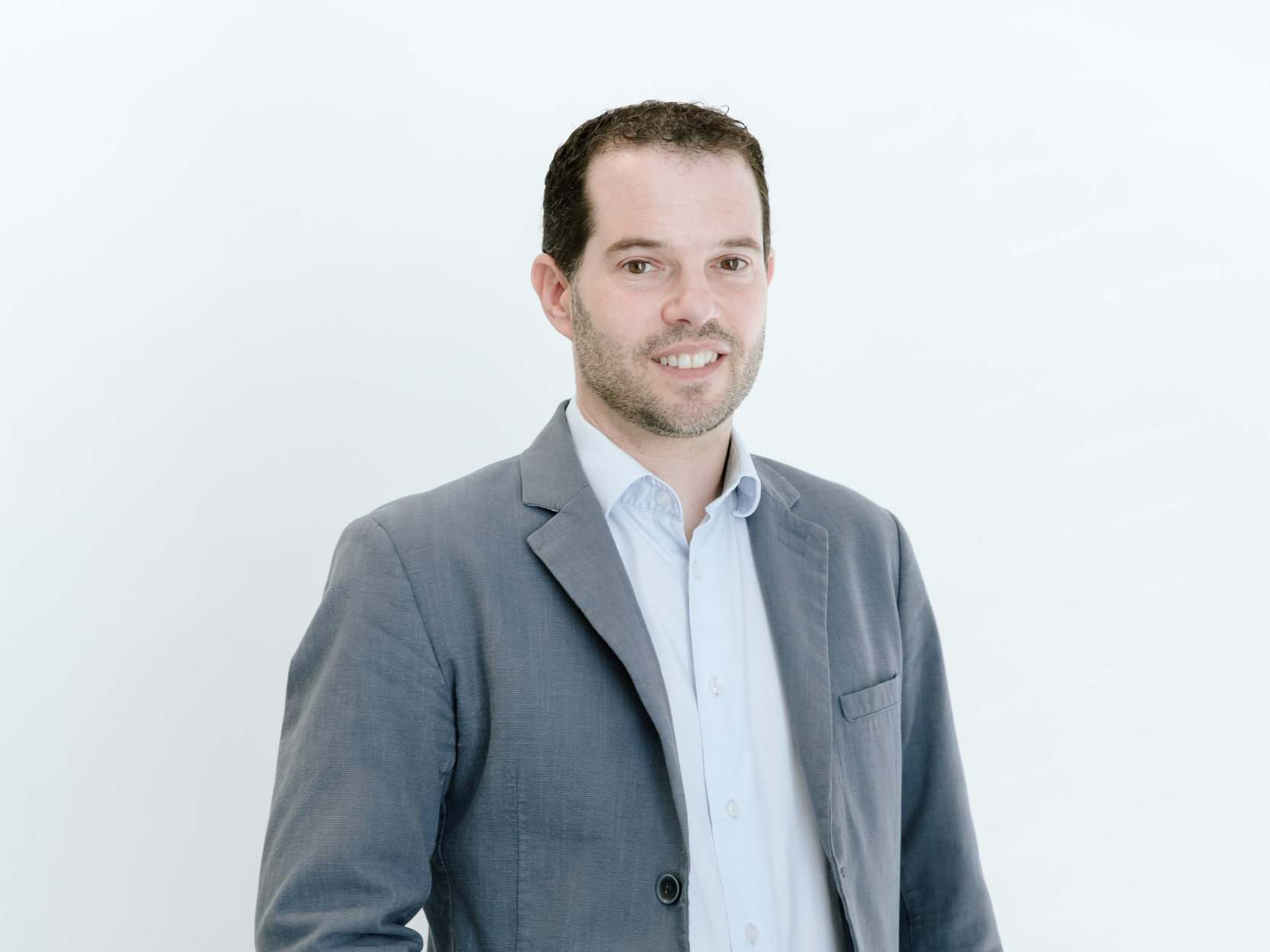
Ali Vasallo Belver
Head of Energy Division
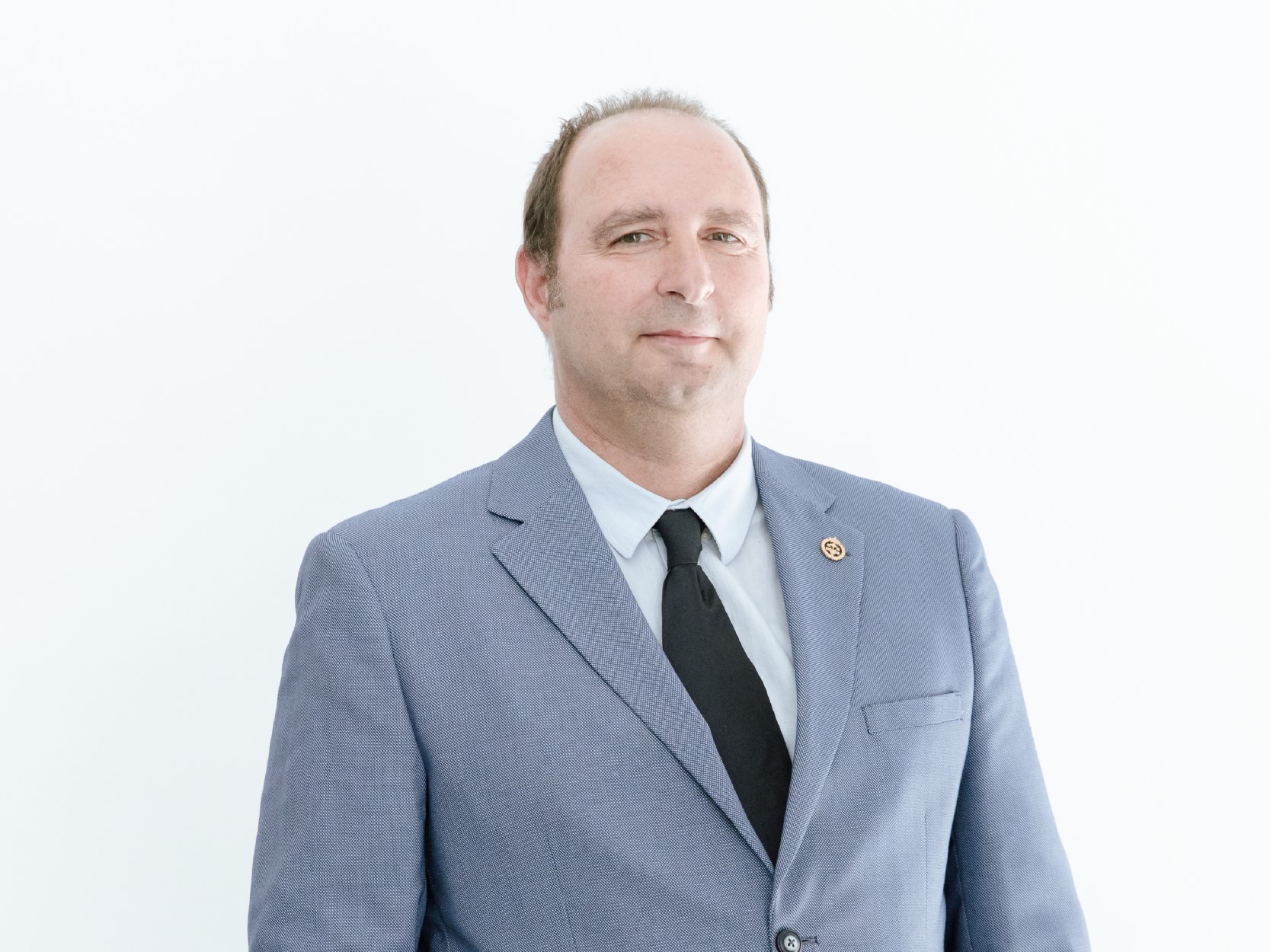
Luis Ángel Bujedo
Head of Energy Systems Area
Related projects
Push2Heat
The PUSH2HEAT project works on the development and demonstration of waste heat revalorisation technologies in industry, revalorising heat in a temperature range of 90-160ºC.
MOD4SMART
MOD4SMART aims to apply smart technologies to improve the energy and operational performance of the buildings focusing on industrialised construction as key future element in this context, and carrying out research and development on simplified models to be integrated in building smart systems.
Happening
HAPPENING project is developing a solution based on decentralised heat pups tha are easy to install, low-intrusive for the building´s occupants and easily adaptable to a large number of different building situations.
E-MINE
E-MINE is a research and development project that seeks to implement the electric vehicle in mining environment authomatizing the management of charges and the estimation of capacities according to the metheorological conditions and charge needs of each vehicle according to the work to be carried out.
H24NewAge
H24NewAge has as a main objective the development of advanced technologies and his industrial transformation to boost the positioning of the centers and spanish businees in the hydrogen value chain, and in partiuclar in the production, storage and distribution of hydrogen.
Hydro4U
Hydro4U demonstrates innovative and sustainable hydropower solutions targeting unexplored small-scale hydropower (SHP) potential in Central Asia (CA). The project will consider future climate change and transboundary challenges and will integrate them into the Water/Food/Energy/Climate nexus.
LocalRES
LocalRES project will deploy innovative local energy systems driven by renewable energy communities for a socially fair energy transformation that puts renewable energy into the hands of communities and people.
LowUP
LowUP will develop and demonstrate three new efficient heating and cooling technologies that will reduce CO2 emission and primary energy consumption. Heating and cooling account for 50% of the EU´s annual energy consumption.
HySGRID+
The objective of the Cervera HySGRID+ network is to strengthen the technological capacity of Spanish Technology Centres with a high level of complementarity and promote their solid cooperation with the ultimate aim of researching and developing new technological solutions that facilitate the creation of local energy positive balance communities (LEPC)
REGEN-BY-2
REGEN-BY-2 will develop a novel multi-generation, all-in-one integrated energy plant capable of converting any type of RES thermal sourcef in energy vectors such as electric, heating and-or cooling powers.



